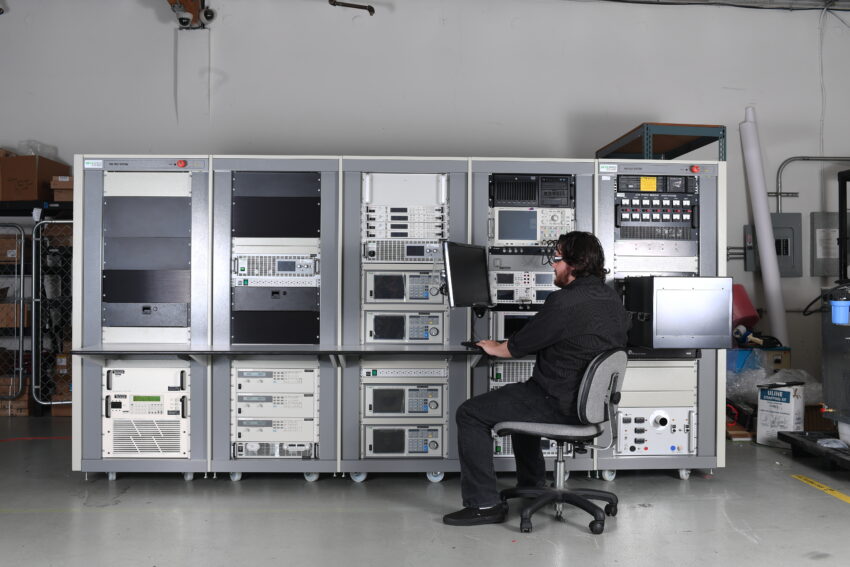Advanced ATE software platforms are being utilized to accommodate hardware changes with minimal reprogramming. These “hardware-independent” solutions simplify the development of complex test procedures to ensure the longevity and functionality of ATE stations.
Automated Test Equipment (ATE) is widely utilized for testing automotive electronics, batteries, and electronic drive systems in the EV market. It is also used to optimize the performance of telecom infrastructure, analyze and improve the efficiency of renewable energy systems, and validate consumer electronics.
However, the one constant in ATE is change. Over time, the system’s hardware components deteriorate or become outdated. Alterations in test project and change of scope parameters ensue. Government contracts may not be renewed or could be entirely terminated. Test specifications undergo modifications, sometimes necessitating a complete reconfiguration of the test.
To implement such changes in most systems, extensive reprogramming of the test software is required, often at a substantial cost.
To address this issue, many engineers are advocating for “hardware independence,” which involves the adoption of flexible test program software that streamlines and adapts to inevitable changes without extensive new programming. These hardware-independent solutions simplify the programming of complex test procedures by using fill-in-the-blank test routines to slash development time dramatically.
This strategy frees engineers from the constraints of a single equipment brand, granting them the flexibility to select cost-effective or specialized equipment. ATE stations can be modified or even repurposed, leading to significant reductions in equipment maintenance costs over time.
“With more flexible software, ATE stations can essentially be ‘future-proofed’ to ensure that as hardware requirements change and evolve, the test programs can adapt accordingly to ensure long-term usability,” says Andrew Engler of Intepro Systems. Founded in 1981, Intepro has supplied Automated Test Equipment (ATE) systems that test power electronics used in various applications.
For power electronics testing, Engler says Intepro’s ATE stations are specifically engineered to produce and disperse substantial energy to validate the functionality of the units being tested.
Each system also includes test program software, which plays a critical role in test development and the management of data collection, storage, reporting, and analysis.
Intepro has developed hardware-independent test software with simplified drag-and-drop test routines designed to dramatically reduce development of test programs.
Intepro’s offering, called PowerStar, provides hundreds of fill-in-the-blank test routines that provide a range of control, from single instrument functional control to full test procedures with easy-to-use parameter entries. Engineers can customize their programs, without having to write code or assemble graphical components.
“PowerStar can be seamlessly integrated to operate across various hardware configurations and platforms. Even if there is already an incumbent software, our solution can be implemented and call on the other software when applicable” says Engler.
For more information, visit www.inteprosystems.com, call (714) 953-2686 or email sales@inteproate.com.

